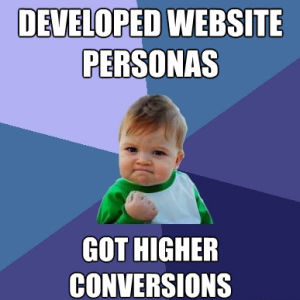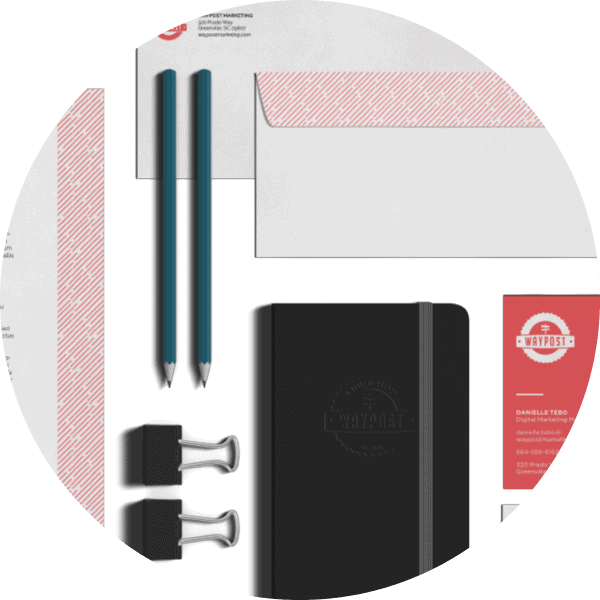
SEO vs. SMO: The Impact of Social Media On Search Engine Optimization
December 17, 2014
What Does A #Hashtag Mean In Social Media?
January 29, 2015How much you, as a designer, research before you start new design speaks volumes of your claim to be a “UX designer.” As a student, and even as a young professional starting out, I was convinced that there was such a thing as “an eye for design,” and it showed in the amount of research I did (or didn’t do). While it is true that some people grasp the rules of design much more naturally than the rest, and perhaps some do possess greater natural ability in lesser regards (say, color vision); there is no natural ability contained within any person to divine rules for design and usability out of thin air and without prompting. All designers must research.
Research takes many shapes. For the more naturally gifted, research can be as simple as looking at other people’s work, or better yet, looking at nature. Personally, the majority of my early research that made up my misunderstood “eye for design” came from over-exposure to TV and the internet from a young age, a somewhat photographic memory, and a knack for pattern recognition. But for most designers, research looks more like work – especially when you dig deeper into functional design (web/application design, industrial design, packaging design, etc.).
How and what you research is really a big topic – one that I hope to tackle more soon – but here are a few broader questions to consider:
Who is your audience?
 Don’t just know enough to point them out in a crowd. Know enough to guess which breakfast cereal they prefer, what they do on most Saturdays, and where they go when they have a question that needs an answer. This research is referred to as building a user persona, and it is indispensable knowledge for every single design.
Don’t just know enough to point them out in a crowd. Know enough to guess which breakfast cereal they prefer, what they do on most Saturdays, and where they go when they have a question that needs an answer. This research is referred to as building a user persona, and it is indispensable knowledge for every single design.
There is a plethora of great content out there on building good user personas. I’ve given you a head start below.
- Usability.gov: User Personas
- Smashing Magazine: A Closer Look at Personas
- Writtent.com: Amazing Resources for Creating Buyer Personas
What does this design need to do?
Most clients I talk to don’t entirely get the point of such an obvious question until we really start digging in and they realize that their website needs to do a lot of different things for a lot of very different people, and some of those things are much more important than others. Having a clear understanding of your goals, not just for the website generally, but for each page, each funnel, and each CTA can help you prioritize those functions that are most integral to the success of the whole design and assign each of them to a valid user persona.
How does this design need to work?
Note: Already you should see how much research matters – especially your user personas. You can’t begin to answer this question until you have a user persona. Old people and young people use the internet differently! Rich people and poor people respond to CTAs differently! Working from a user persona isn’t pigeonholing your audience, rather, it allows you to put together a design that is more likely to be user friendly. The same goes for understanding each function of the design. how you prioritize those functions will depend on your user.
Once you have that persona nailed down and you understand what needs to happen, it’s time to figure out how it needs to happen. Answering this particular question is a matter of understanding usability as a whole. If you don’t know where to start, you can begin by upping your observation game. Go to different types of websites with clearly defined target personas (Reader’s Digest vs. Relevant Magazine, Mercedes Benz vs. Honda, etc.). How do they function differently? How do they function the same? As you fill out your next web form, take notes on what works for you and what doesn’t. By doing this you are essentially performing your own user-testing, and by documenting the results you are learning a set of best practices. Don’t forget to differentiate user personas, and don’t assume that because it works for you it will work for everybody.
In addition to your own observations, start paying attention to data and expert opinion on the matter. There are plenty of blogs and writers out there constantly compiling the analytics data and delivering the interpretation for you. Try these for starters:









